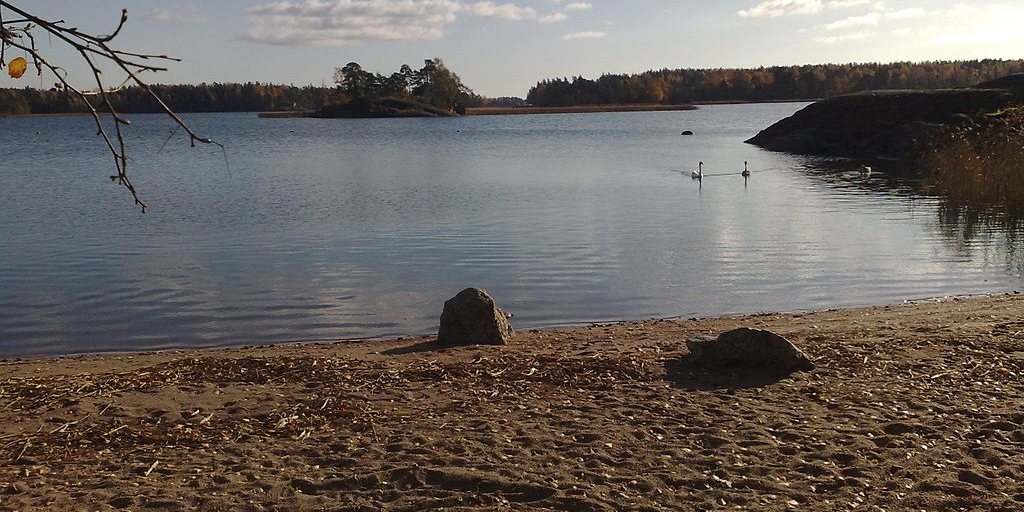- A Finnish couple discovered a rare sighting of thousands of egg-shaped ice balls while strolling along the beach.
- The natural phenomenon occurs when slush is broken up and whipped around by waves near the shore, forming spheres.
- The occurrence, though rare, has also been documented on Lake Michigan and in the Arctic Ocean.
- Visit Insider’s homepage for more stories.
A Finnish couple discovered thousands of “ice eggs” while walking along a frigid beach on Sunday, a rare phenomenon that experts say only occurs in unique conditions.
Amateur photographer Risto Mattila from Oulu, Finland, posted the images to his Twitter account, showing thousands of spheres made of ice spread across the shoreline of Marjaniemi beach. In his image caption, Mattila refers to the rarity as “snow ball sea.”
http://instagr.am/p/B4aavFaAmjW
Mattila told The Guardian that he stumbled upon the icy wonder while walking along the beach with his wife. He said the balls, which he referred to as “ice eggs” covered 30 meters (98 feet) of the shoreline. The largest one, he said, was about the size of a soccer ball.
"It was an amazing view. I have never seen this phenomenon before," he told The Guardian.
Experts say the unique occurrence happens when slush is broken up and whipped around by waves near the shore, forming spheres.
"You need the right air temperature (below zero, but only a bit), the right water temperature (near freezing point), a shallow and gently sloping sandy beach and calm waves, maybe a light swell," Jouni Vainio, an ice specialist at the Finnish Meteorological Institute, told The Guardian.
Mattila told the BBC that the conditions on the beach that day were just right for the icy globes to take shape.
"The weather was sunny, about -1C (32F) and it was quite a windy day," he told the BBC. "Since I had a camera with me I decided to preserve this unusual sight for posterity."
The unique winter sighting has been documented around the world.
Visitors to Lake Michigan have documented the frozen wonders along the shoreline during cold winters.
http://instagr.am/p/BdSmZJggAVK
Spheres as large as 9.8 inches have also recently washed up along the beaches along the - aptly named - Gulf of Orb in the Arctic Ocean.
http://instagr.am/p/BMrlvyCjXaX

